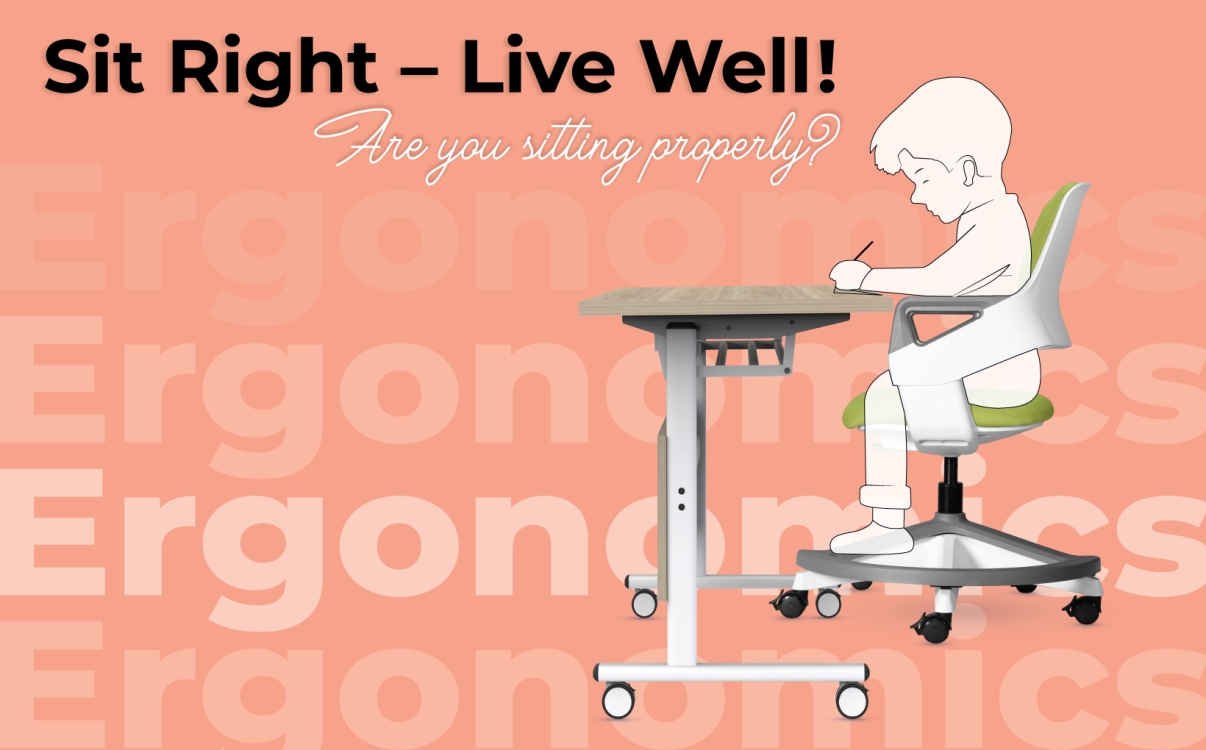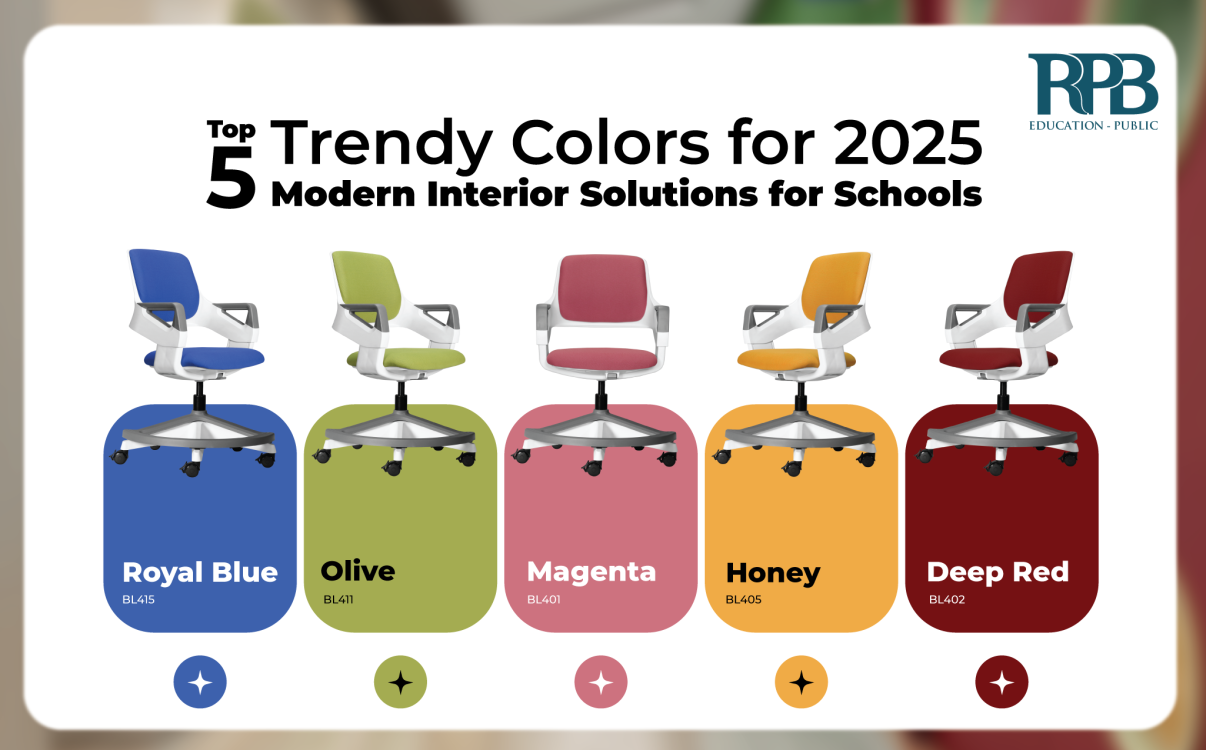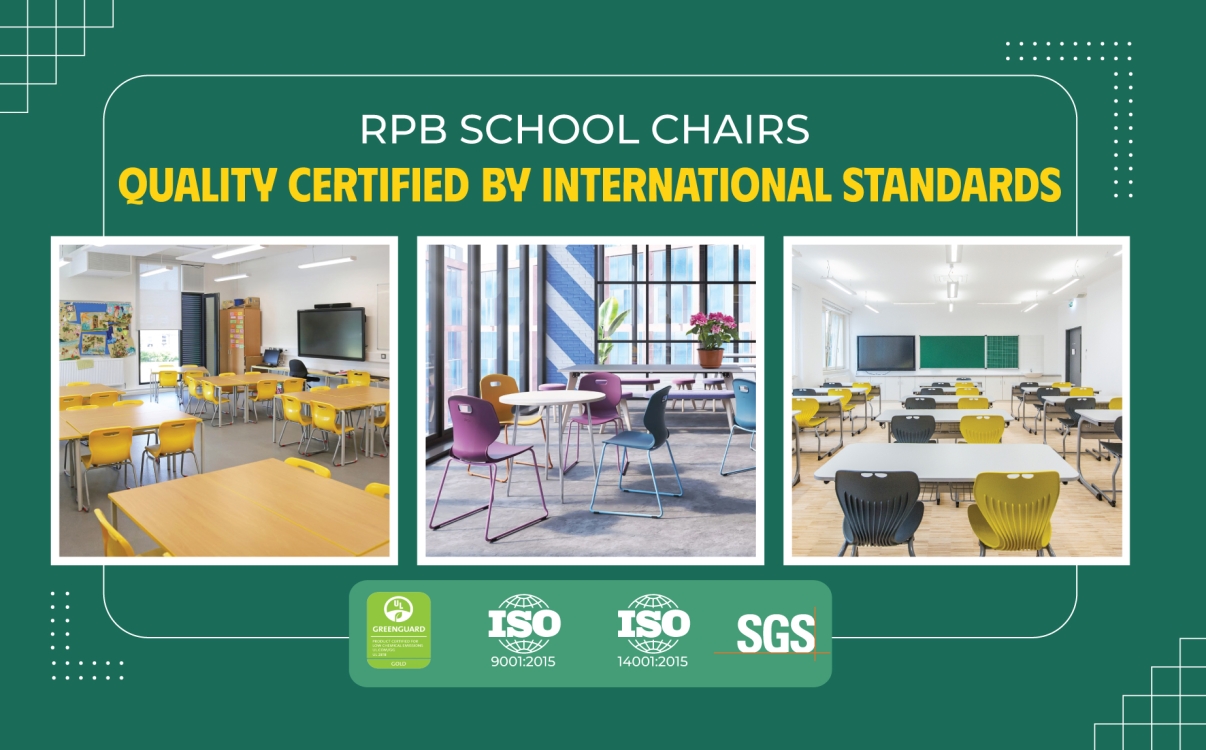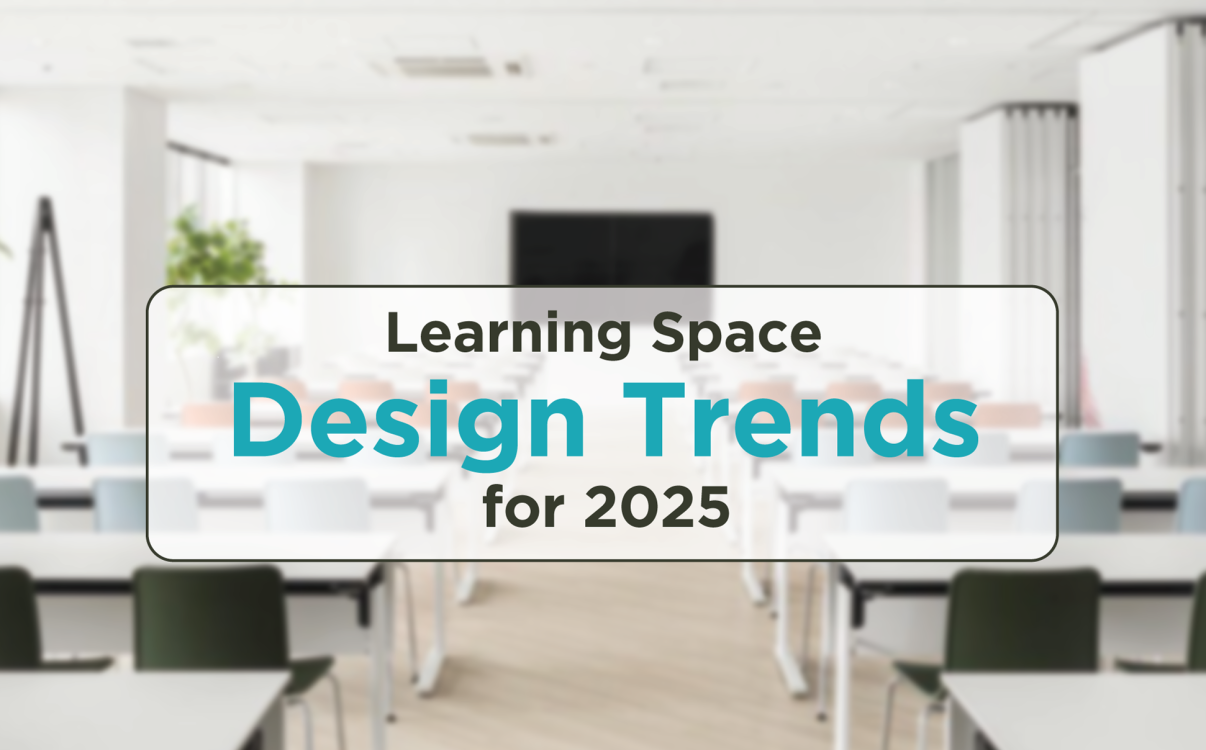How to Control Cost Risks When Investing in University Interior Design?
In the current landscape, where operational and investment costs are under increasing pressure, universities—especially private institutions—face a persistent dilemma: how to upgrade facilities and invest in modern interiors that meet evolving learning needs, while still optimizing budgets and minimizing long-term financial risks?
Investing in university interiors is not merely about purchasing tables and chairs; it is a comprehensive strategy that impacts the student experience, space efficiency, and even the institution’s competitive advantage.
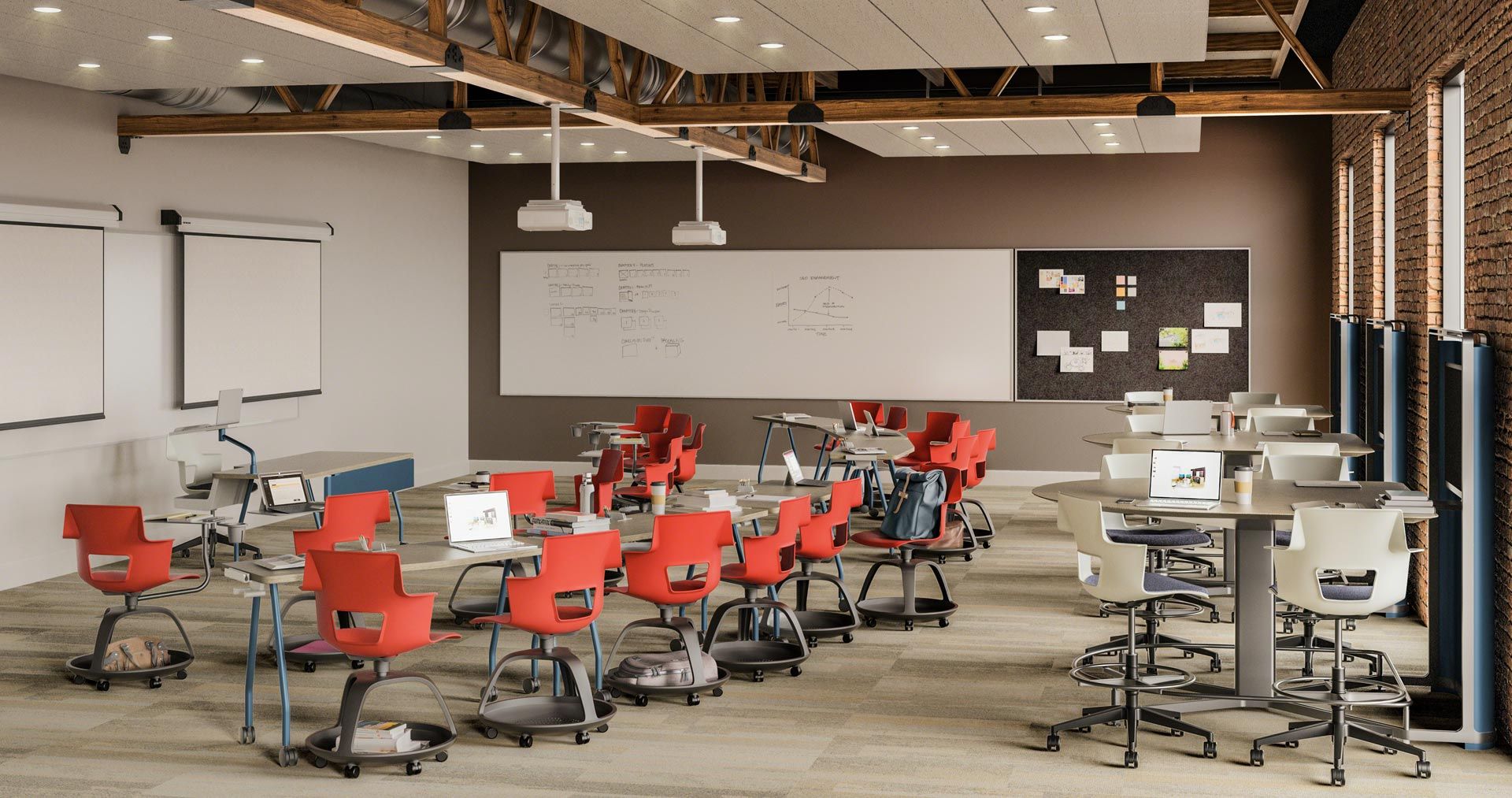
Investment in university furniture.
Strategic Planning in University Interior Investment: Avoid Fragmentation, Maximize Efficiency
A common cause of cost-related risks is the lack of clear strategic direction in interior investment. Budgets are often fragmented by departments or academic years and implemented reactively. The result? Inconsistent furnishings, inefficient use of space, and, in many cases, the need to redo everything after just a few years.
To avoid this, schools must develop a master interior investment plan. Identify high-usage areas such as lecture halls, libraries, and study zones to prioritize. This plan should be phased according to available budget resources, helping to better control both the timeline and return on investment.
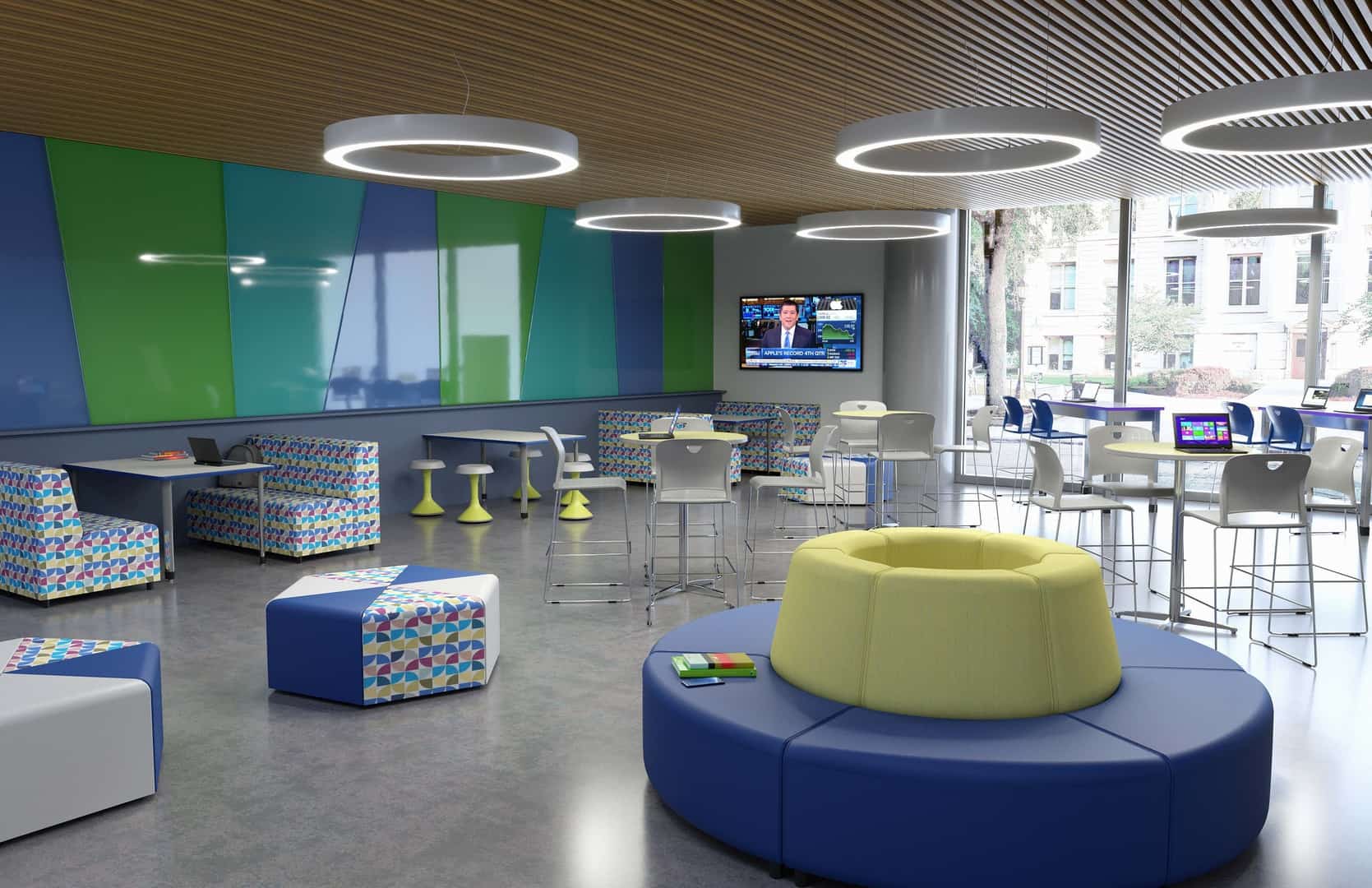
Planning school furniture investment strategically.
Prioritize Sustainable Furniture: One-Time Investment for Long-Term Use
The Long-Term Cost of Cheap Furniture
In educational environments, where furniture is used intensively, choosing high-quality, durable products is a financially sound decision. Some schools opt for cheaper options upfront, only to face costly replacements within 1–2 years, resulting in total ownership costs that far exceed initial expectations.
Materials Matter: Plywood and Virgin Plastic Furniture
Material is a key factor in ensuring durability. For example, student desks made from virgin plastic combined with powder-coated steel frames are becoming increasingly popular in large universities. A prime example is the Stacy desk, which uses imported virgin plastic from Malaysia for superior strength, resistance to warping and discoloration, and high scratch resistance. Its surface is easy to clean and built for high-frequency use in school settings.
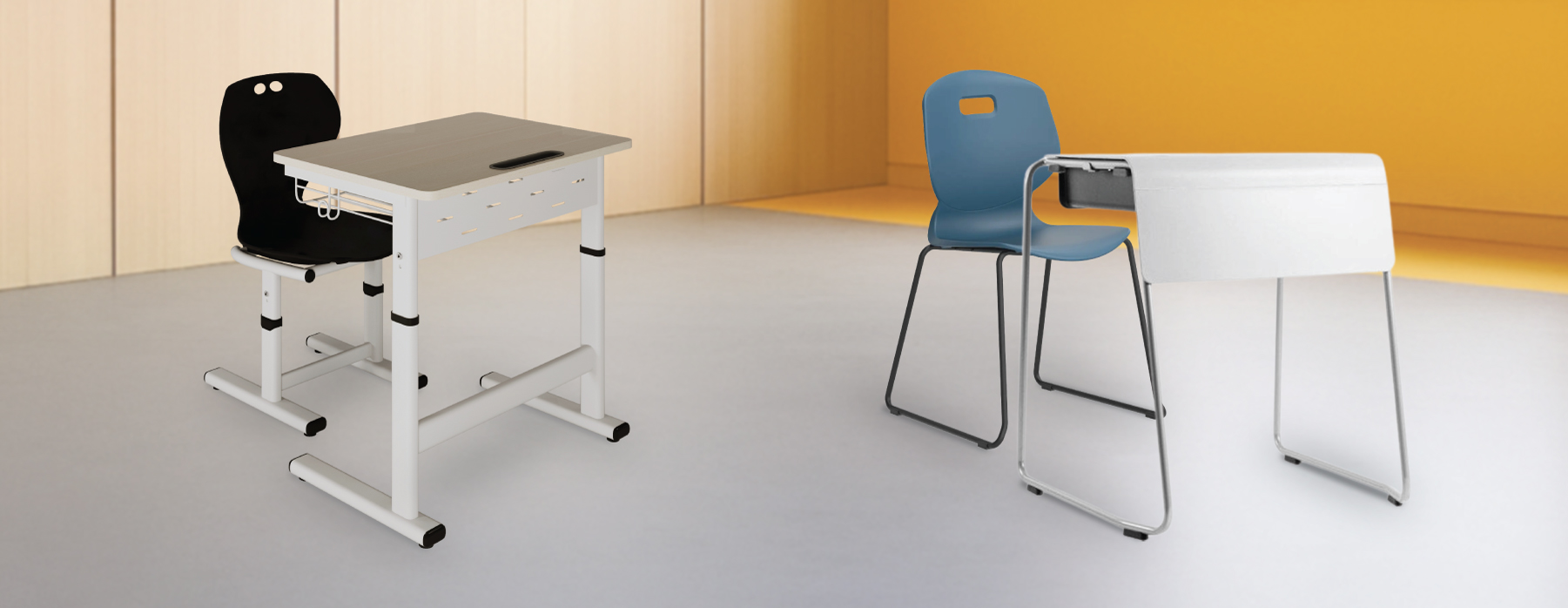
Prioritize sustainable furniture with the Smart Zico height-adjustable desk and Moto chair.
Flexible Design – Enabling Multi-Functional Learning Spaces
A New Approach to Learning Environments
Modern education increasingly values flexibility. Classrooms are no longer just spaces for one-way lectures—they are now venues for group work, discussions, and workshops. Therefore, classroom furniture must be mobile, reconfigurable, and adaptable for different purposes.
Stackable Chairs Like Moto and ARC
Many conventional products, however, are bulky, heavy, or non-stackable, making space reconfiguration difficult. To solve this, more schools are turning to lightweight, stackable seating with compact designs.
A prime example is the ARC chair—made of virgin plastic, lightweight yet sturdy, stackable for efficient storage, and easy to rearrange. Its colorful design also contributes to a more vibrant, student-friendly learning environment.
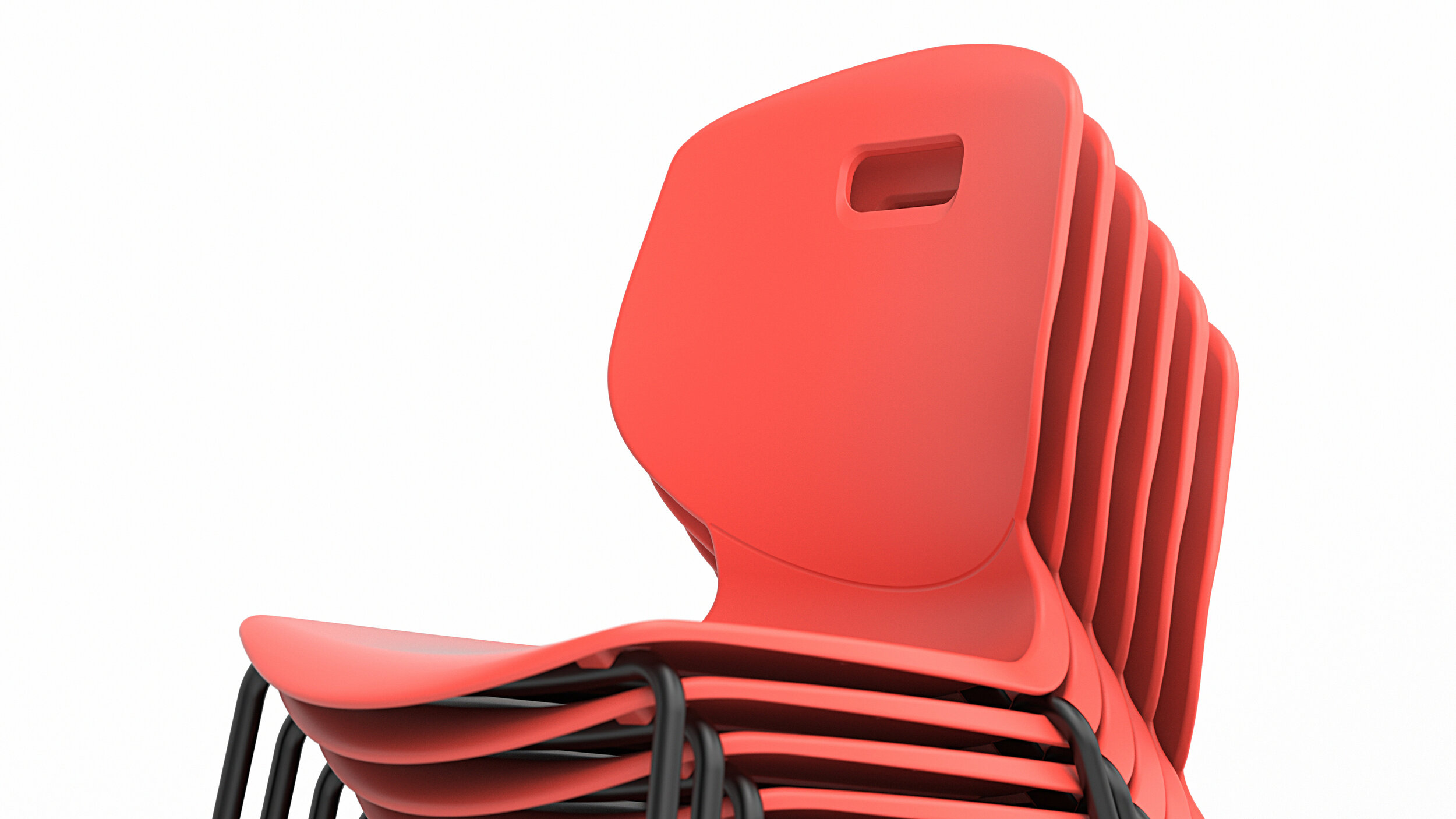
The ARC school chair features an ergonomic design and easy stackability.
Focus on Total Cost of Ownership, Not Just Initial Price
Short-Sighted Budgeting Leads to Hidden Costs
One common financial mistake is focusing solely on purchase price, overlooking costs throughout the product's life cycle. This often results in selecting low-cost, low-quality furniture that demands high maintenance, frequent replacement, or storage costs.
A Broader Perspective on Value
Instead, universities should calculate total cost of ownership, including maintenance, durability, reusability, and replacement part costs. From this perspective, products with higher initial prices but long lifespan, flexible design, and easy maintenance often prove more cost-effective over time.
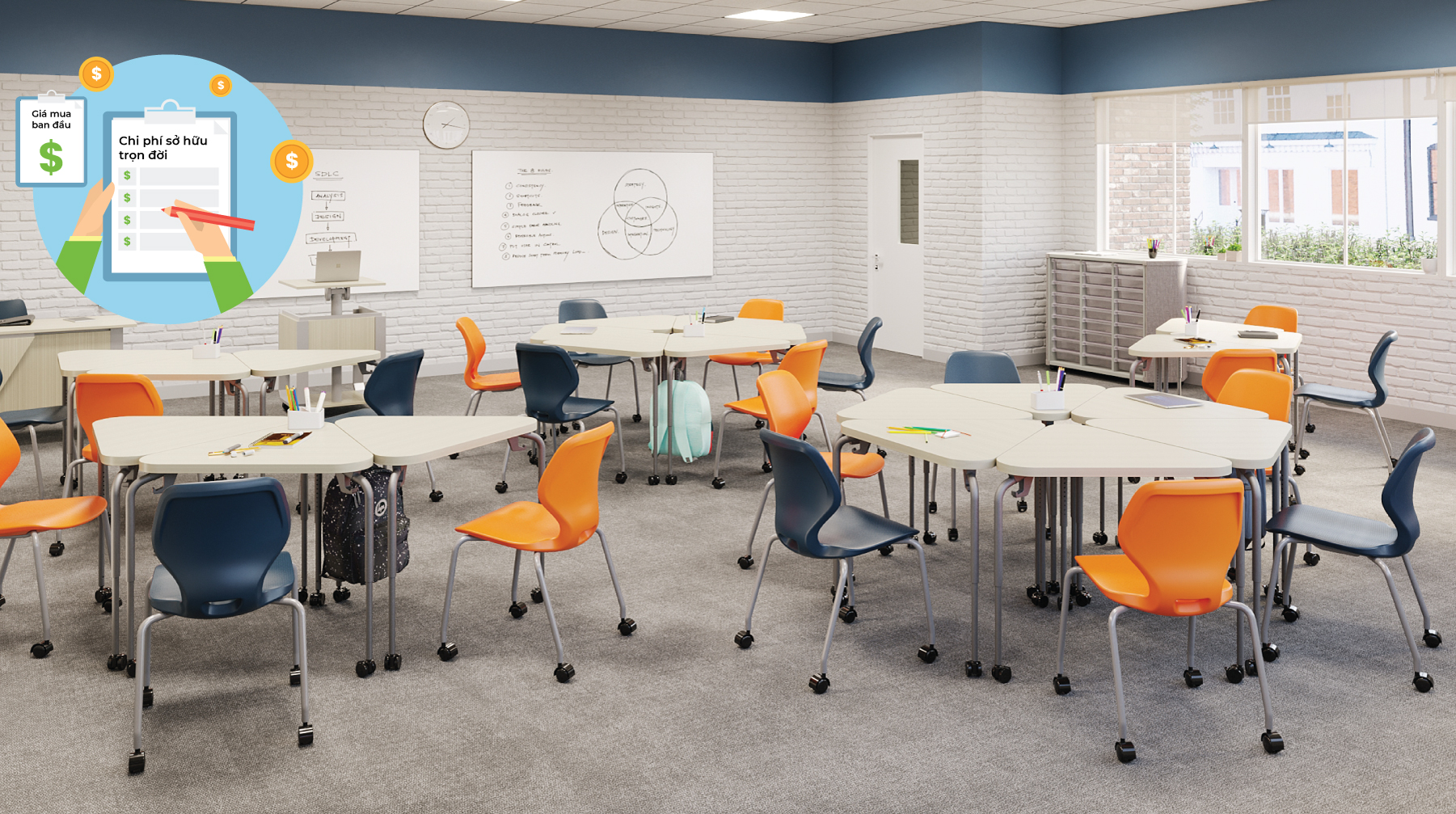
Cost-effective model classroom design with lifetime ownership.
Choose the Right Partner: Work with Education-Focused Interior Experts
Specialized Needs of School Environments
School furniture differs significantly from office or residential furniture. Educational environments require specific standards for dimensions, safety, ergonomics, and psychology. Working with non-specialized providers may result in unsuitable designs, incorrect colors, or poor product durability.
That’s why choosing an experienced supplier specializing in educational interiors is essential. These vendors understand school standards and can provide holistic design solutions, covering everything from desks and chairs to partitions, lighting, color schemes, and functional layouts.
Some suppliers even support the development of future-ready classrooms, creative zones, and student lounges—key trends in higher education today.
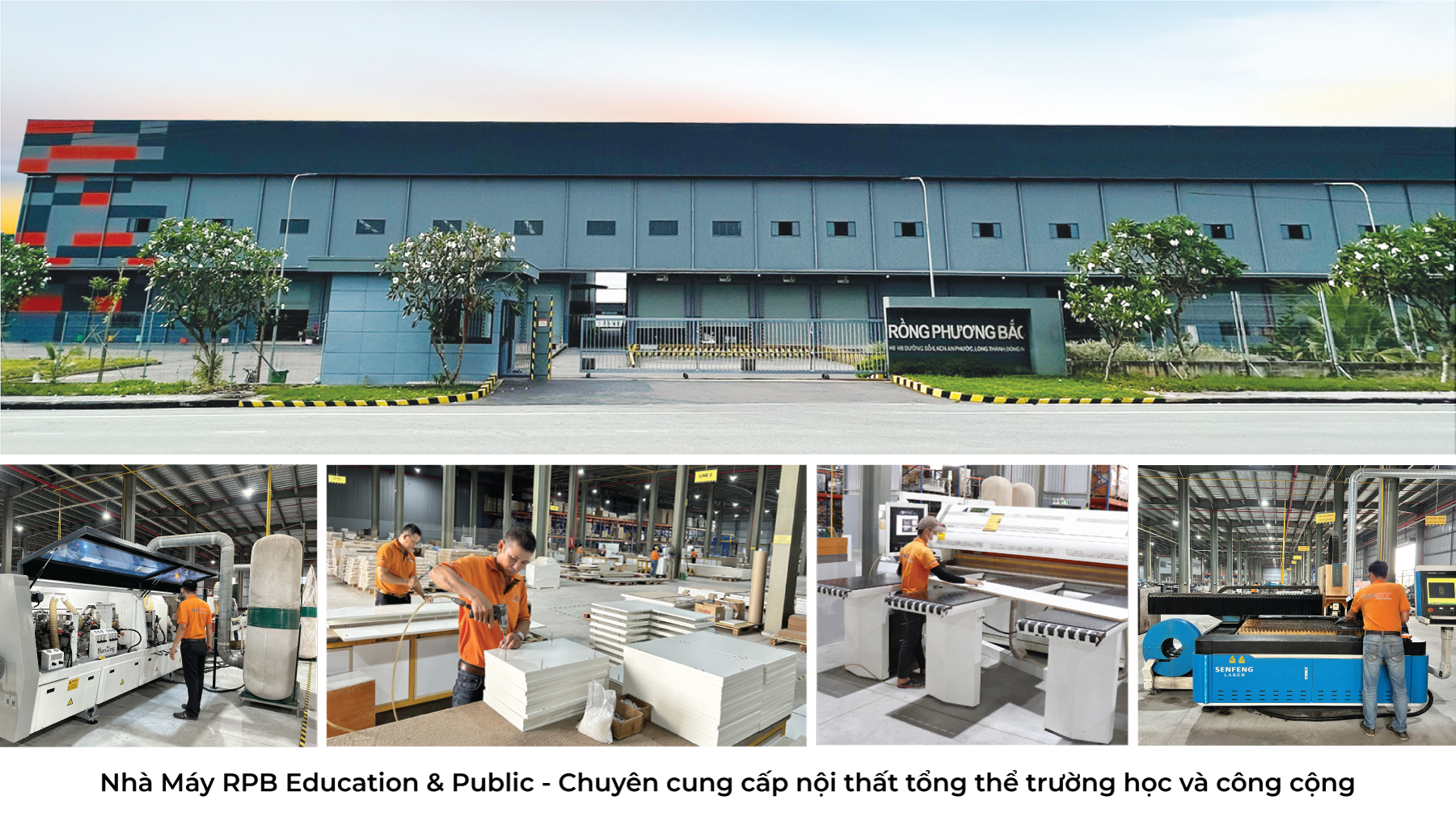
RPB Education & Public – A specialized provider of comprehensive school furniture solutions.
School Furniture Is a Long-Term Strategy, Not Just a Capital Cost
Ultimately, interior design in education is not simply a capital expense. It’s part of a broader strategy to enhance the student experience, support pedagogical innovation, and project a professional institutional image.
Interior Design as a Tool for Engagement and Innovation
A lecture hall equipped with modern, functional, and flexible furniture not only increases student comfort but also enables instructors to lead more engaging sessions and facilitate group work. Meanwhile, a study zone furnished with lightweight, colorful ARC chairs fosters focus, creativity, and connection among students.
Strengthening Brand Image and Enrollment Outcomes
At the strategic level, smart investment and cost control in interior design are ways for schools to build their brand, boost recruitment, and earn the trust of students and parents.
By viewing furniture not as a cost but as a strategic asset, universities can unlock long-term value—academically, financially, and reputationally.
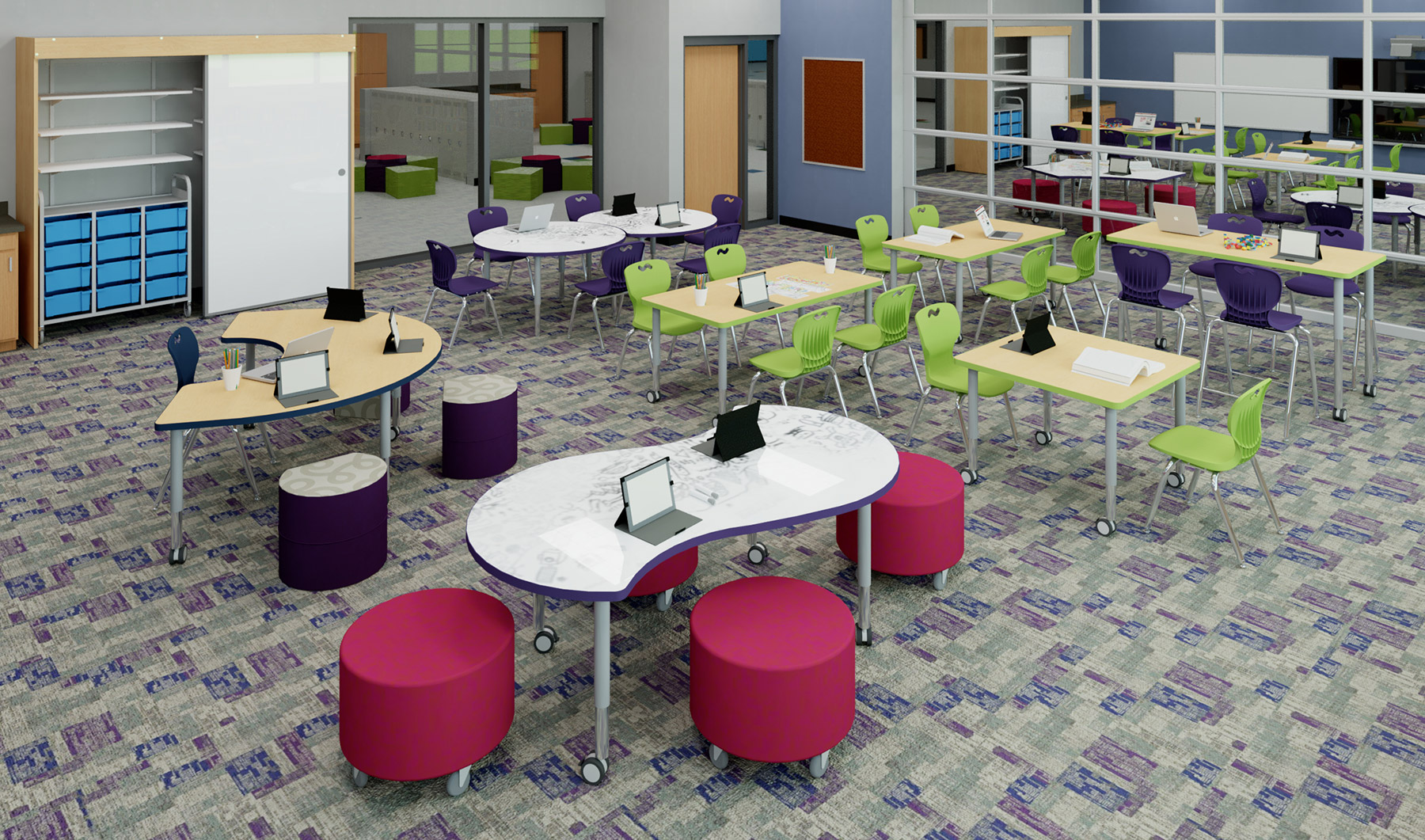
A model classroom with quality school furniture is a long-term strategy, not just an investment cost.

